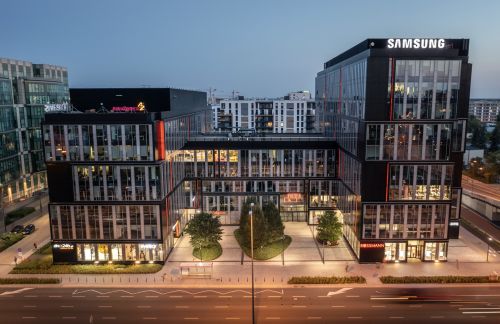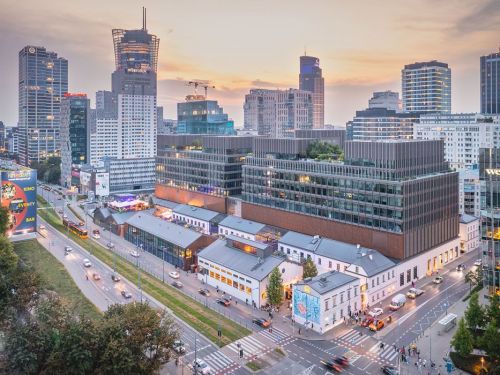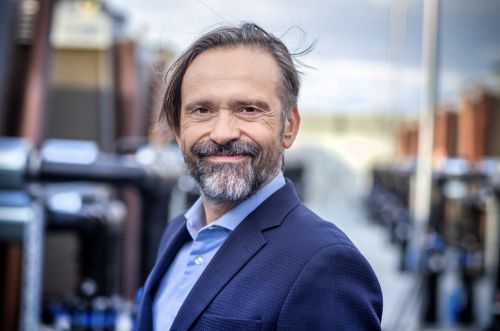Market experts all agree that after 18 months of Covid restrictions, consumers are longing for some entertainment; but, to get their fill, they are only gradually returning to mall. “Some centres, such as those owned by large fitness club chains, still haven’t opened since the last lockdown and tenants are already having to think about the autumn and the possibility of further restrictions,” admits Marta Mikołajczyk-Pyrć, the head of retail, mixed-use and industrial property management at Savills in Poland.
Wary and cautious
Nonetheless, it seems likely that a further wave of Covid will be dealt with in a different way than it was last year and that any restrictions will only apply to those who haven’t been vaccinated. “For restaurants and bars as well as entertainment sector tenants, this is not the best solution, but it will certainly be less drastic than a complete ban on operations,” points out the consultant from Savills. She also notes t































































